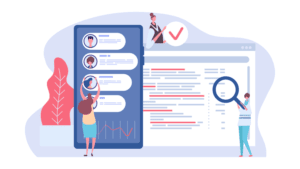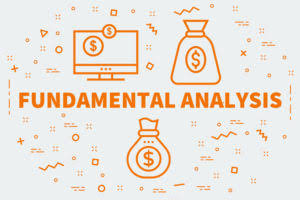
They advise on structuring in the most tax efficient away, covering things like choosing the right VAT status, for instance. Meanwhile, accounting goes much further as it also involves interpreting this information to support the business. If you are looking for an accounting program that can handle just about everything for you, you may want to pay for NetSuite. If you are looking for something in the middle, consider going with Intuit QuickBooks.

Best Customer Service
Starbucks uses a proprietary Oracle POS system with an integrated mobile loyalty app. Starbucks spends millions developing and maintaining its enterprise-level POS, but you can duplicate this tech in your independent coffee shop using free or low-cost POS systems. Square for Restaurants, coffee shop accounting Toast, eHopper and Clover all deliver similar sales, tracking and marketing features for a startup price. Business owners who want a free coffee shop POS that delivers a solid set of menu, order, inventory, online ordering, gift card and customer tracking features.
- All the features of eZee’s cafe POS software are superb and easy-to-use.
- TouchBistro is an ideal POS system for cafes, especially if you’re already familiar with and like iPad POS systems.
- Unfortunately, not all vendors are transparent about pricing and package details on their websites.
- By offering loyalty cards, you can entice existing customers to come back.
- Whether you’re part of a chain or independent cafe, mastering the art of accounting is key to achieving long-term success.
- With the cash method, you would record a payment of $1000 for the month of March when you pay for it.
What’s the best POS system for a small coffee shop?
The POS system that is right for your cafe or coffee shop will depend on your service style, budget, and menu size. Cafe and coffee shop POS systems have a lot of features to support your business. Loyverse was developed to give small businesses cost-effective tools. Like KORONA, Loyverse doesn’t specialize in food businesses, but it includes a lot of great cafe-supporting features, especially loyalty.
Evaluate Final Pricing and Features
Coffee shops are busy places, often full of people in a rush wanting complex orders. User-friendly menus with custom categories and modifiers will make your baristas’ lives easier. Handheld devices let you take orders tableside or while customers are in line to help speed up service.
How to Start a Coffee Shop in 11 Steps
Get the software you need with the features that will allow you get successful at once. Solutions available for restaurants including pizzerias, coffee shops, and quick checkout style setups. We work with many software manufacturers and can offer you ways to operate business better.
Make it happen with eZee’s cafe POS system
Such flexibility helps to have better management, engage more customers and deserve a good reputation among other people. Some want to grab a latte and go, while others want to enjoy a cappuccino over a good book slowly. The best POS systems let you provide an excellent customer experience to all your guests. Online ordering with pick-up notifications will save busy guests time. Mobile ordering and payment get coffee to customers who need to concentrate with minimal interruptions.
The OmniChannel plan requires one license for each register or tablet you operate. It doesn’t have a free trial, but you can set up a demo to see if eHopper meets your coffee shop POS needs and there is a 30-day money-back guarantee. Now, even at your busiest time, you can easily analyze data and best-selling items with https://www.bookstime.com/ the help of our coffee shop POS software and edit menus accordingly. Instantly create promotions, discounts, offers, and notify customers about your items with our cafe POS. Bring your entire coffee shop management on your fingertips and handle all operations easily with our cafe POS app even at your busiest time.
Restaurant POS New York
If you are a customer with a question about a product please visit our Help Centre where we answer customer queries about our products. When you leave a comment on this article, please note that if approved, it will be publicly available and visible at the bottom of the article on this blog. For more information on how Sage uses and looks after your personal data and the data protection rights you have, please read our Privacy Policy.



